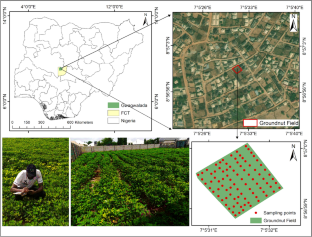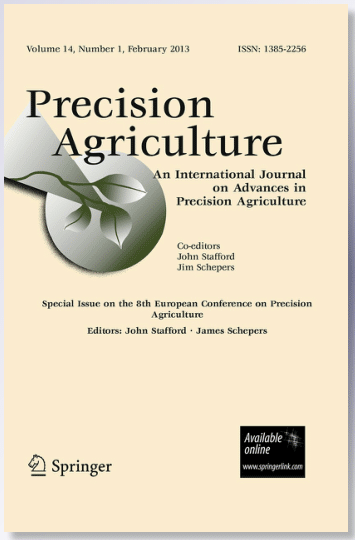The leaf area index (LAI), a crucial biophysical indicator, is used to assess and monitor crop growth for effective agricultural management. This study assessed the LAI at the seedling stage after conducting a field experiment with rainfed groundnut. The study tests the performance of multiple machine learning regression algorithms (MLRAs) and empirical vegetation indices (VIs) in retrieving groundnut's LAI using freely available Sentinel-2 data. The bands at 665 nm, 705 nm, 842 nm, and 2190 nm are the most sensitive for retrieving groundnut's LAI, according to an analysis of its band spectrum. Results suggest that VIs computed with wavebands centered at red (665 nm), red edge (705 nm), and near-infrared (842 nm) exhibited optimal R2 with Sentinel-2 data. Normalized difference vegetation index (NDVI), red edge normalized difference vegetation index (NDVIre), simple ratio (SR), red edge simple ratio (SRre), and green normalized difference vegetation index (gNDVI) were utilized as predictors for LAI. Regarding the results of the validation between estimated and measured LAI, SR demonstrated the highest accuracy for groundnut LAI prediction (r2 = 0.67, RMSE = 0.89). Ten MLRAs were tested, and results indicate from the perspective of the accuracy of models, the Gaussian processes regression, GPR (r2 = 0.73 and RMSE = 0.81), Kernel ridge regression, KRR (r2 = 0.72 and RMSE = 0.82) and Support vector regression, SVR (r2 = 0.70 and RMSE = 0.85) demonstrated to be the most suitable for LAI estimation for rainfed groundnut at the seedling stage. The systematic analysis based on the regression approaches tested here revealed that the GPR outperformed other models combined, therefore, most suitable for estimating rainfed groundnut LAI at the seedling stage. These findings serve as a benchmark for obtaining crop biophysical parameters in the framework of groundnut traits monitoring in a tropical West Africa.



